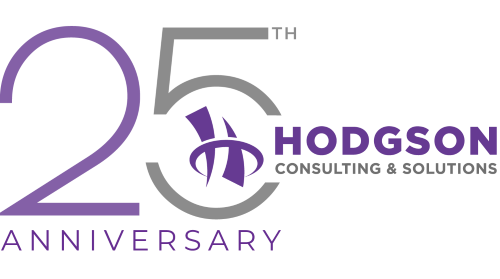More and more responsibilities are being added to IT departments including ensuring company compliance. Compliance with industry regulations and internal policies has quickly become a critical part of your role. A well-designed compliance workflow can help streamline this process, making it more efficient and effective. Below is a walk-through of the key steps in creating a compliance workflow and the common challenges IT departments face along the way.
Compliance Workflow Best Practices
1. Identify Applicable Regulations and Standards
Begin by thoroughly researching and listing all the regulations, standards, and internal policies that apply to your organization. This may include industry-specific regulations (e.g., HIPAA for healthcare, PCI DSS for financial services), as well as general data protection laws (e.g., GDPR, CCPA).
2. Assess Current Compliance Status
Conduct a comprehensive audit of your current IT systems, processes, and practices to determine your organization’s compliance status. Identify any gaps or areas of non-compliance that need to be addressed.
3. Develop Compliance Policies and Procedures
Based on the applicable regulations and your current compliance status, develop clear policies and procedures that outline how your organization will achieve and maintain compliance. These should cover areas such as data security, access control, incident response, and employee training.
4. Implement Technical Controls
Put in place the necessary technical controls to enforce your compliance policies and procedures. This may include measures such as encryption, multi-factor authentication, network segmentation, and logging and monitoring tools.
5. Assign Roles and Responsibilities
Clearly define the roles and responsibilities of each team member involved in the compliance workflow. This should include who is responsible for implementing and maintaining controls, conducting audits, and reporting to management and external stakeholders.
6. Train Employees
Provide comprehensive training to all employees on your compliance policies and procedures. This should cover topics such as data handling, incident reporting, and the consequences of non-compliance. Regular refresher training should also be conducted to ensure ongoing awareness and adherence.
7. Monitor and Audit
Regularly monitor your IT systems and processes to ensure ongoing compliance. Conduct periodic audits to identify any new risks or areas of non-compliance that need to be addressed. Use automated tools where possible to streamline this process.
8. Report and Respond
Establish clear processes for reporting compliance status to management and external stakeholders. This should include regular reports on the effectiveness of your controls, as well as procedures for responding to any incidents or breaches that may occur.
9. Continuously Improve
Compliance is an ongoing process, not a one-time event. Continuously monitor the regulatory landscape for changes, and update your policies, procedures, and controls as needed. Regularly review and refine your compliance workflow based on lessons learned and new best practices.
Common Challenges and How to Address Them
Complexity of Regulations: The sheer number and complexity of regulations can be overwhelming. To address this, prioritize based on the most critical and relevant regulations for your organization. Work with legal and compliance experts to ensure a thorough understanding of requirements.
Resource Constraints: Compliance efforts can be time and resource-intensive. To manage this, prioritize controls based on risk, and automate processes where possible. Consider partnering with managed service providers or using cloud-based solutions to augment your in-house capabilities.
Employee Resistance: Employees may resist compliance efforts, seeing them as a burden or hindrance to their work. To overcome this, emphasize the importance of compliance for the organization’s success and provide clear, practical guidance on what is expected. Involve employees in the process and seek their feedback to foster buy-in.
Keeping Up with Changes: Regulations and threats are constantly evolving, making it challenging to keep compliance efforts up to date. To stay ahead, regularly monitor for regulatory changes and new threats. Participate in industry groups and forums to stay informed of best practices and emerging trends.
By following these steps and proactively addressing common challenges, IT managers can create a robust compliance workflow that helps their organization effectively navigate the complex regulatory landscape. Remember, compliance is a journey, not a destination – by continuously monitoring, refining, and improving your processes, you can not only meet your compliance obligations but also strengthen your overall security posture and resilience.


